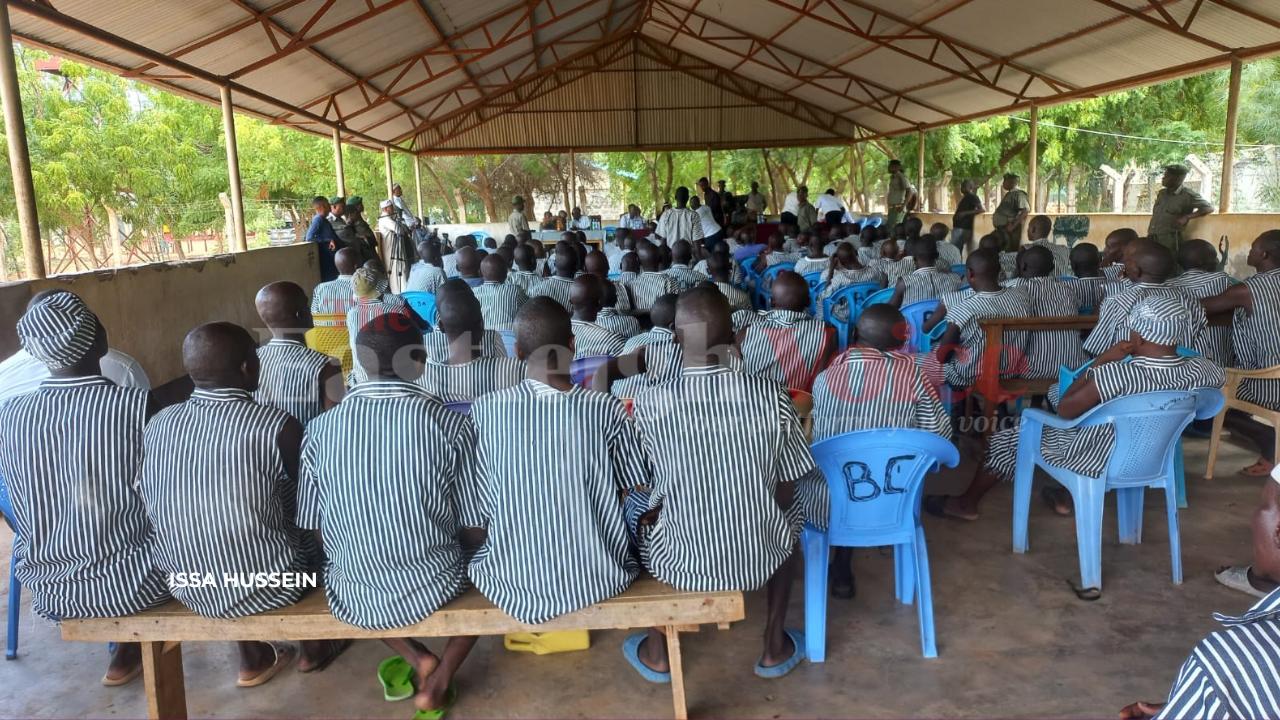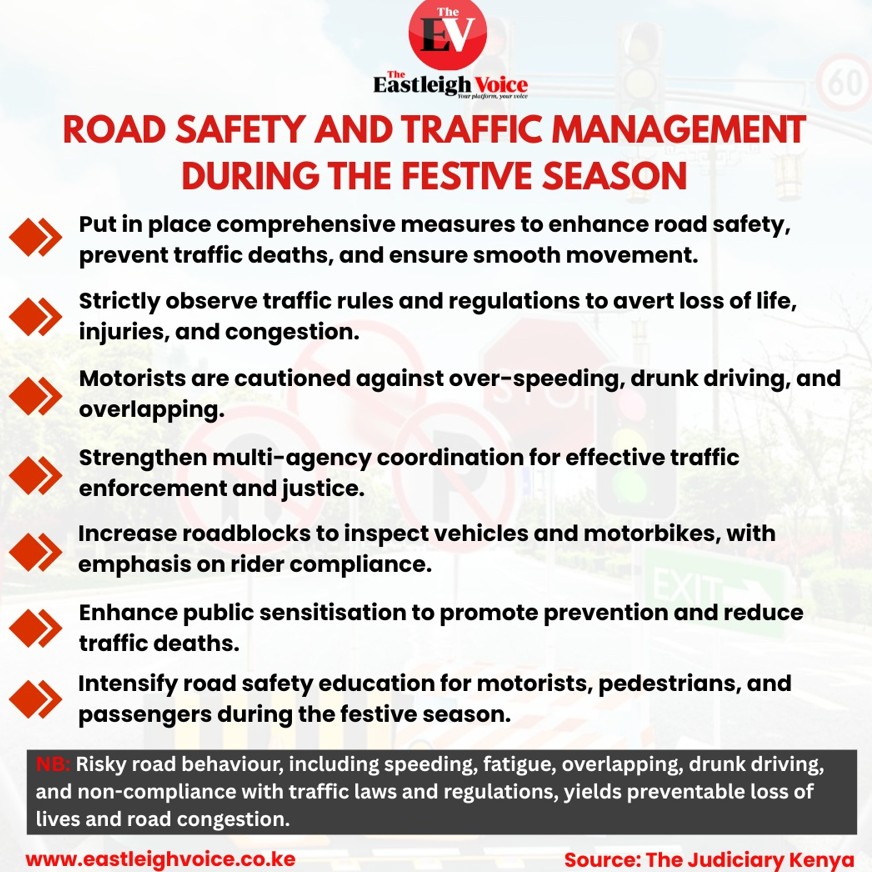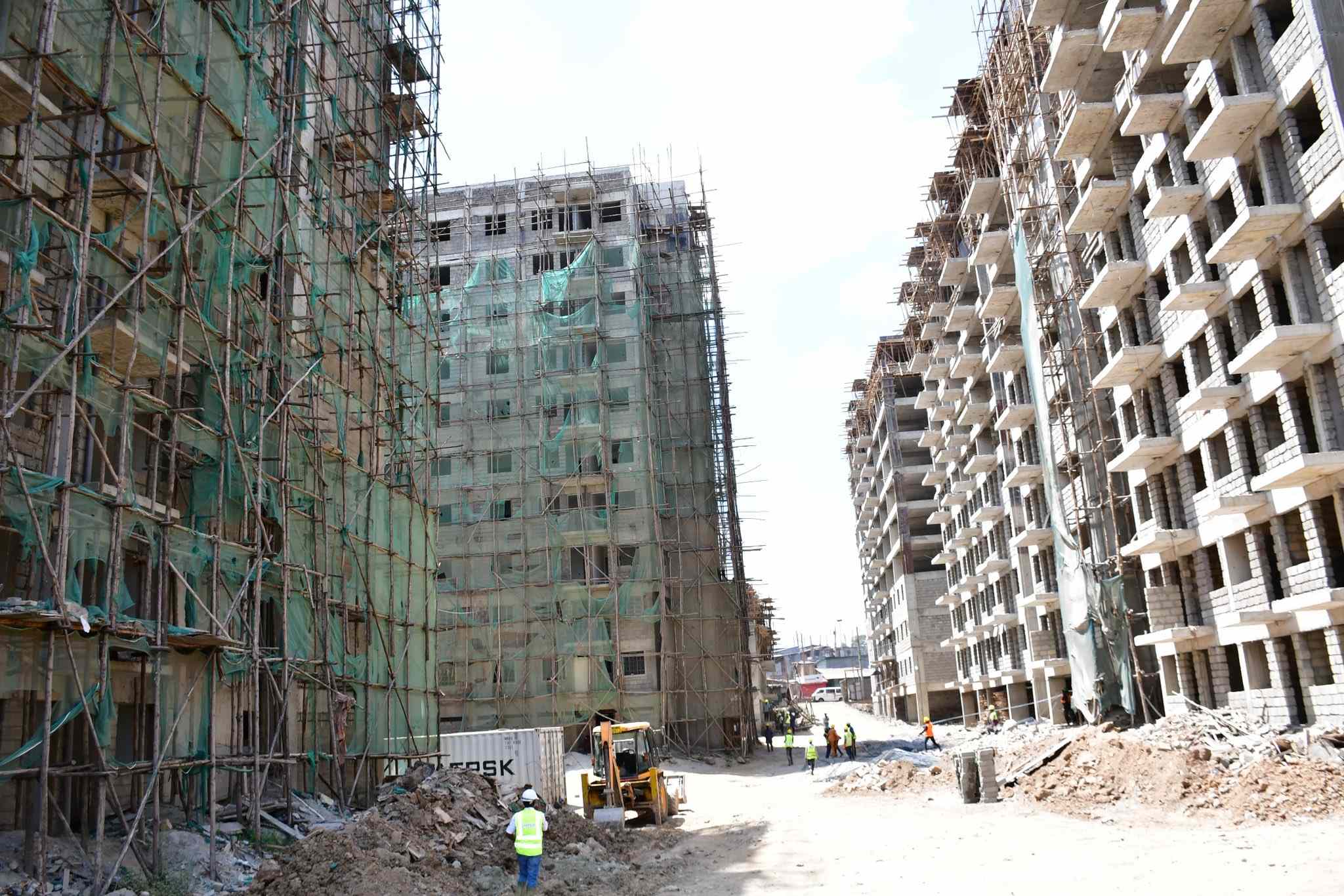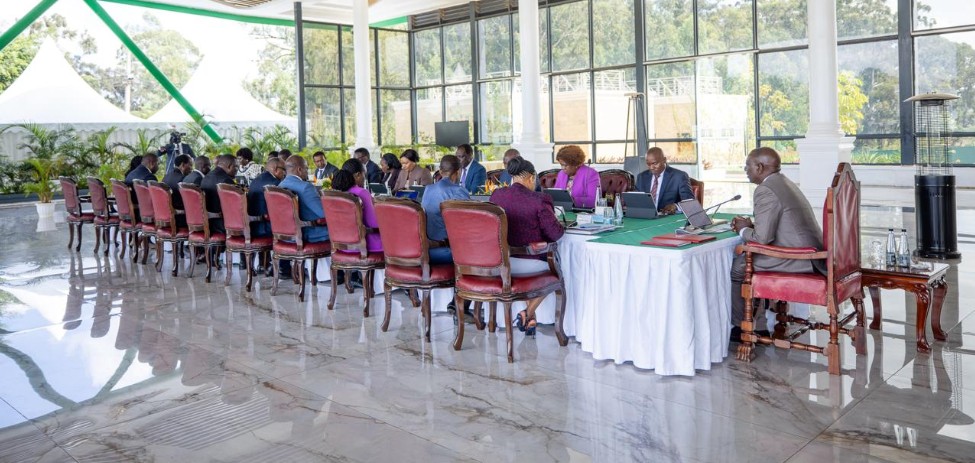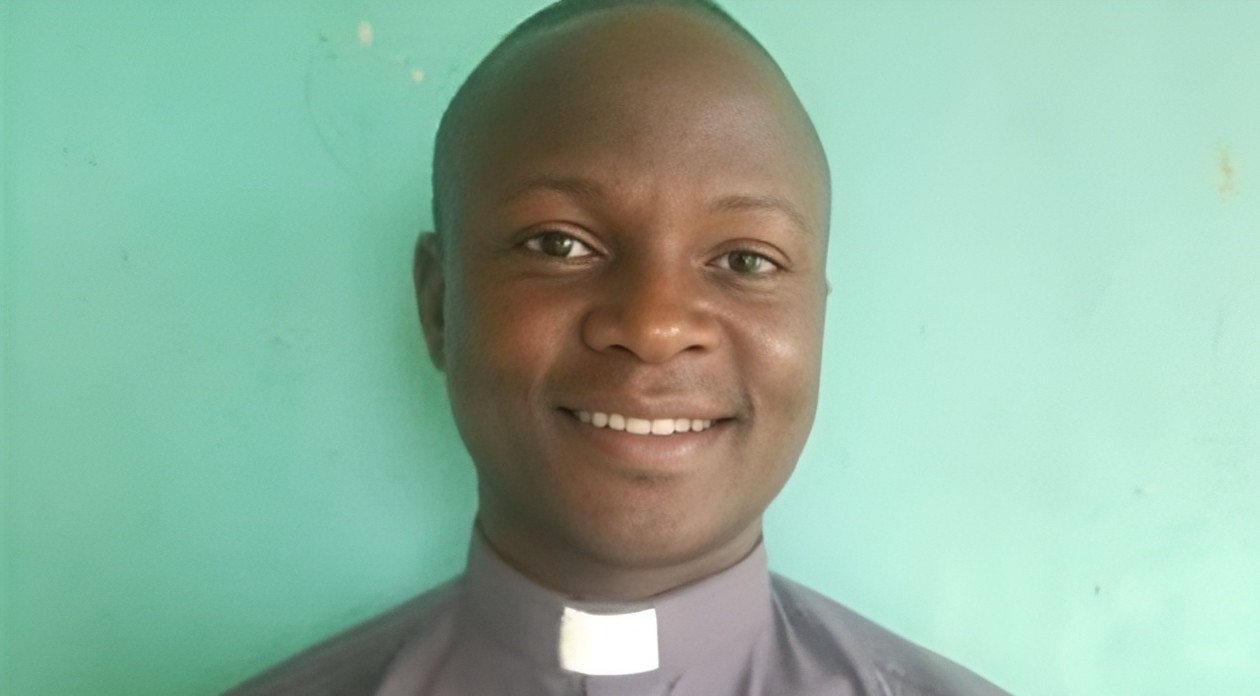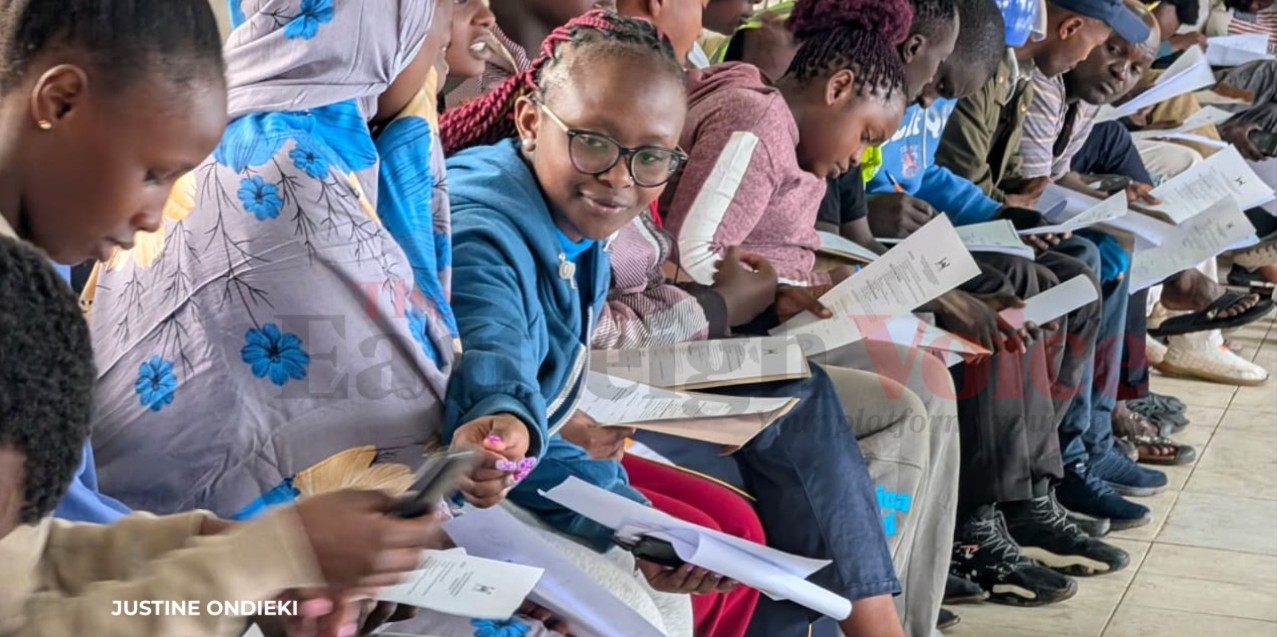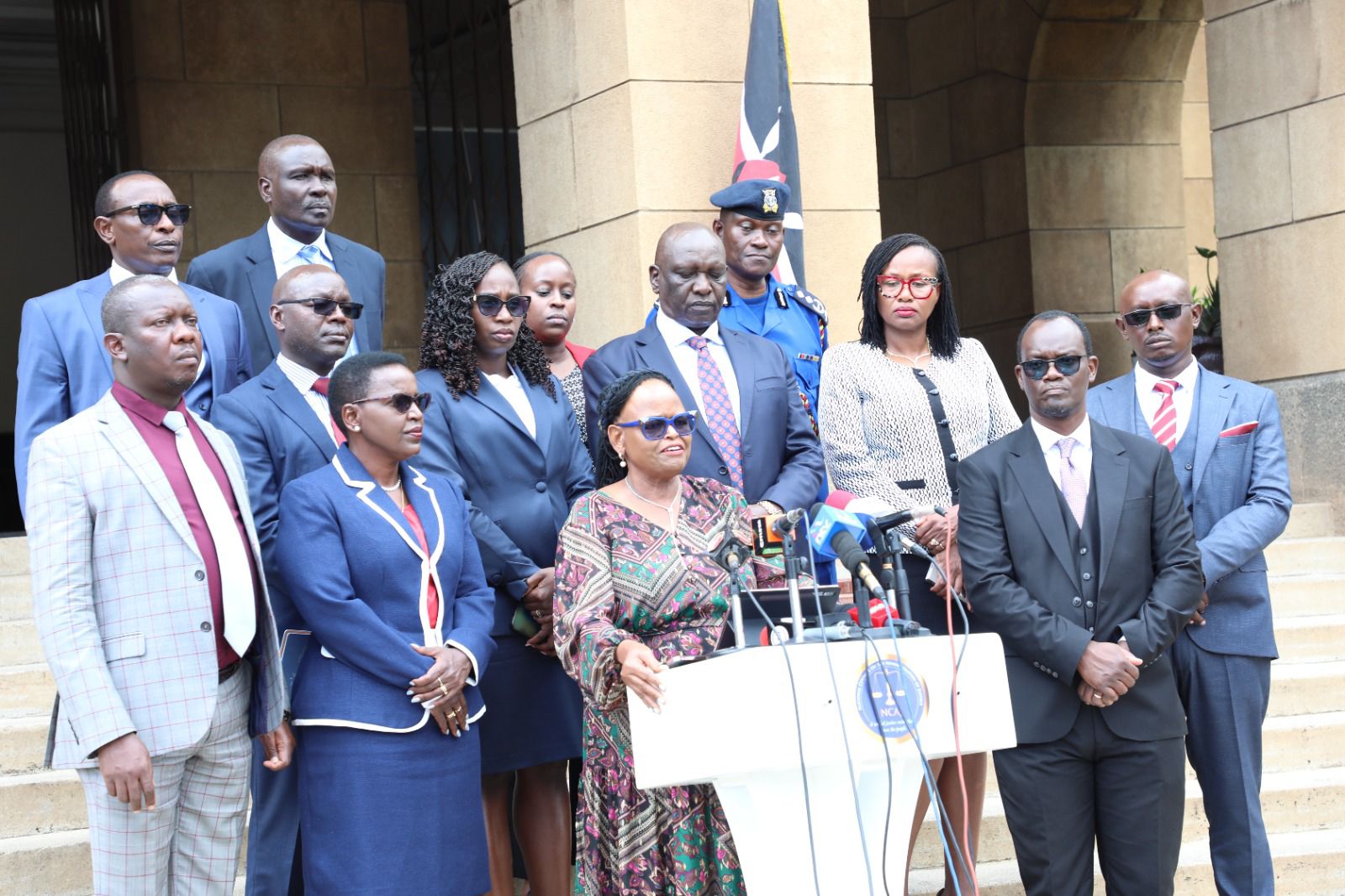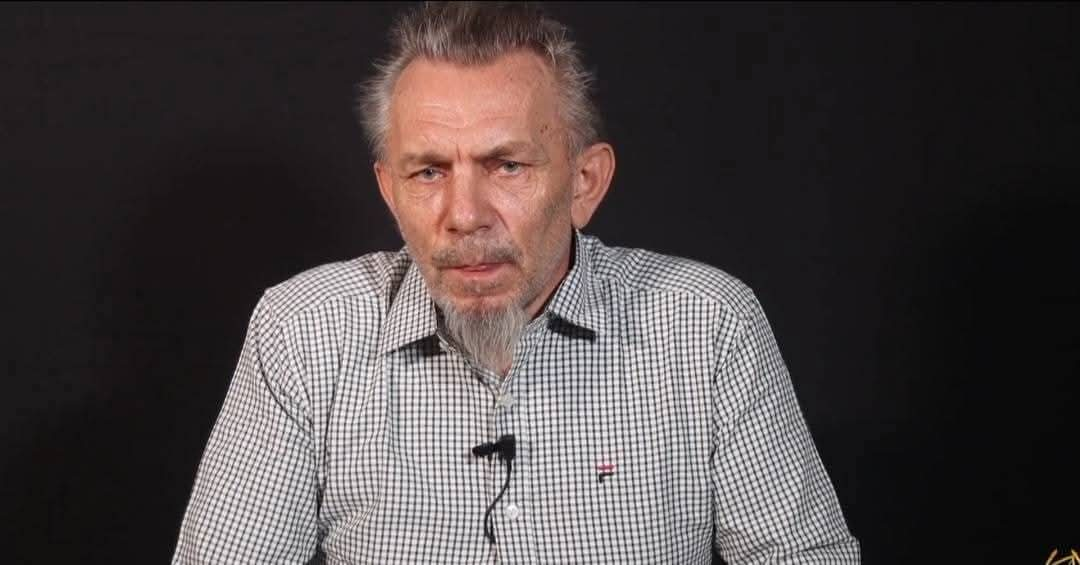Research shows most GBV offenders are known to victims; communities often shield them

GBV victims are often blamed for their circumstances, with some people holding the belief that women are responsible for their abuse based on the clothes they wear.
Rozoa Asenwa from Digo Majengo has been married for nearly 10 years, but peace has always been elusive in her relationship. She has faced a long history of mistrust and abuse, both physical and verbal.
An industrious woman, Rozoa tried to improve her situation by opening a daycare centre to support her children and contribute to her family’s welfare financially, especially since her husband wasn't fully supporting her.
More To Read
- Iranian woman spared execution after paying Sh12 million compensation for killing abusive husband
- Commission sounds alarm as new data shows rising gender-based violence in Kenya
- Men are majority of homicide victims in Kenya despite media focus on women, state report reveals
- Parliament to debate Bill ending private settlements in SGBV cases
- KNCHR raises alarm as over 100 femicide cases recorded in three months
- Kenya, UK celebrate success of Sh3.6 billion REINVENT security programme after seven years
"When I entered this marriage, I already had a child from a previous relationship. We had more children together, but my husband has always been indifferent toward my firstborn, refusing to contribute to his education or other needs," she says.
Before giving birth to their two other children, the marriage was relatively peaceful, but things took a dramatic turn afterwards. Rozoa describes a shift from physical abuse to daily verbal assaults.
"He abuses me in front of the children and has no shame in telling them that my firstborn is not his. He accuses me of things like prostitution and claims that I'm interacting with other men from the daycare, despite him never catching me in any wrongdoing," she explains.
At one point, the abuse became so intense that Rozoa separated from her husband for a while. However, without a place to go and for the sake of her children, she eventually returned. The situation didn't improve, and the abuse continued.
Cycle of abuse
"One of the major issues we face is that my husband cannot keep a job. Most of the time, I struggle to provide for the family. His insecurity baffles me. We often have conversations where he promises never to beat me again, but the abuse continues," she says.
Rozoa's ultimate desire is to make enough money to relocate with her children to a place where her husband can't find them, but until then, the cycle of abuse remains unbroken.
Sarah, not her real name, was born into a large polygamous family with stepbrothers and cousins. From a young age, she endured years of abuse from her older stepbrother. When she was just eight years old, he began harming her and threatened her to keep silent.
"I used to feel so much pain, and he hurt me more than once. Each time it happened, it was when no one was around. He would buy me gifts to keep me quiet, and I stayed silent because I was afraid of him," Sarah recalls.
The abuse continued until one day a neighbour caught the stepbrother in the act and reported it to the parents. In response, they punished him and took him to the police, where he faced further consequences, but no formal charges were pressed.
"When the holiday season came, we went home, and some concoction was prepared. My brother and I were given to drink, and a chicken was slaughtered for a meal. Elders were called to talk to my stepbrother, and that was the end of the matter," Sarah says.
Sarah was taken to the hospital for treatment, and after that, the issue was never spoken of again. It was buried, and no one ever mentioned it again, leaving her to carry the trauma alone.
"I sometimes feel very angry with my parents for not giving me justice. They partly blamed me for not speaking up, and I have never forgiven them for that," she says.
Emotional and psychological toll
This experience reflects a deep-seated emotional and psychological toll, leaving Sarah with unresolved anger and feelings of abandonment by those who should have protected her.
Research indicates that 80 per cent of perpetrators of gender-based violence (GBV) are people close to the victims, and communities often shield them to avoid shame. This "jungle justice" mentality denies survivors the opportunity for proper legal recourse, allowing impunity to persist.
A study published in 2019 in the National Library of Medicine titled "The Gender-Based Violence and Recovery Centre at Coast Provincial General Hospital, Mombasa, Kenya" showed that sexual violence is a widespread issue and a significant public health concern worldwide. In Kenya, it is estimated that 32 per cent of females and 18 per cent of males experience sexual violence before the age of 18.
The study also discusses an integrated care model for survivors of sexual violence.
In nearly 90 per cent of cases, the perpetrator was known to the survivor, either as an intimate partner, family member, or someone from the local community. When data was available, 96 per cent, or 6,352 cases, the typical age of the perpetrator was between 20 and 40 years, with perpetrators against males generally being younger than those against females, though this difference was not statistically significant.
In 2024, cases of femicide have caused significant distress among Kenyans, from the dismemberment of Rita Waeni earlier this year to the tragic killings of three women from Eastleigh — Warris Daud, her daughter, and her niece, Nusayba Abdi. The murder of Deka Abdinoor, whose remains were discovered on October 31 at Lang'ata Cemetery, also adds to the growing tragedy. In all these cases, the women were known to the perpetrators.
GBV victims are often blamed for their circumstances, with some people holding the belief that women are responsible for their abuse based on the clothes they wear.
Wangeci Muturi, a psychosocial and GBV coordinator in Kamukunji, strongly rejects this notion.
"Clothing and appearance should never justify abuse. It is important to understand that no one deserves to be harmed for what they wear," Muturi says.
She emphasises the need for awareness and action, encouraging continued conversations on the fight against GBV.
"If we stay silent, we only give perpetrators a chance to continue," she says.
Muturi says that many cases happen in communities and that men are often the largest perpetrators of these crimes.
"Men need to step up and take responsibility for their actions," she says.
She encourages everyone to speak up and advocate for justice, pointing out that in many cases, silence only perpetuates the violence.
Attending to victims
She explains that when victims arrive at healthcare facilities, they are first screened for GBV, with HIV testing and the provision of post-exposure prophylaxis (PEP) to prevent the spread of HIV/AIDS.
"They take PEP for 28 days, and we also conduct pregnancy tests and provide emergency contraceptives within 72 hours. We also gather forensic evidence to support legal action against perpetrators," Muturi says.
Muturi believes that creating a safer environment for women, girls and boys requires addressing these root causes and working together to support victims, provide resources, and hold perpetrators accountable.
Recent data from the National Police Service indicates that at least 97 women have been killed in the past three months.
According to a United Nations report, on average, a woman or girl is killed every 10 minutes, often by intimate partners or family members.
The UN's 2023 Femicide Report reveals a concerning increase in the number of women and girls killed by close relatives, with Africa having the highest femicide rate worldwide.
Top Stories Today
